Region
Music and the Environment: How are Streaming Companies Impacting the Climate?
The link between music and the environment is in the spotlight due to the growing popularity of music streaming and data centres' rising GHG emissions. Music streaming companies need to engage with innovation and ensure that sustainable operations don’t come at the expense of listeners.
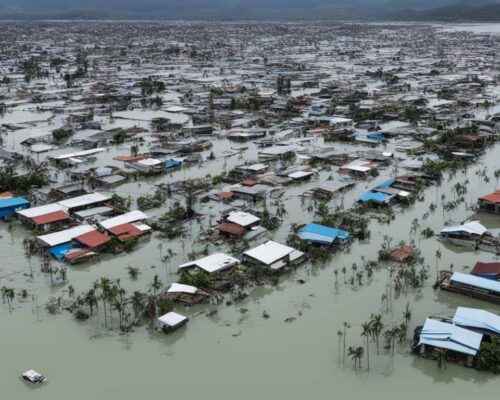
Climate Change in the Philippines and Its Far-reaching Impacts
The Philippines is ranked as one of the most climate-vulnerable countries in the world. Climate-driven events like extreme weather and coral bleaching will significantly impact the country's economy and local livelihoods in the coming decades. The government must implement resilience strategies in the near term.

The Issue with Japan’s ESG Reporting
Japan has been struggling to catch up with the EU and the US in corporate ESG reporting standards. Progress is being made, but several problems still need to be addressed, including an over-reliance on fossil fuels in its power generation mix and a governance problem that seems hard to address.

Is Steel Bad For The Environment? A Look At Nippon Steel
The vast majority of Japanese steel is produced with coal blast furnaces. This does not align with domestic or international decarbonisation goals. As the market leader of Japan's steel industry, Nippon Steel needs to reassess its decarbonisation strategy. It currently falls short with ongoing coal investments and reliance on untested low-carbon production technology.

Japan’s Offshore Wind Revolution
Surrounded by windy oceans, Japan has tremendous offshore wind potential. For Japan to reach its 2040 offshore wind target, it would need 22,500 wind farms the size of Goto City’s. If the amendments in parliament are passed, Japanese wind manufacturers can export their technology to wind markets abroad. In that case, Japan will have no reason to continue its false solutions of ammonia co-firing and fossil fuel investments.
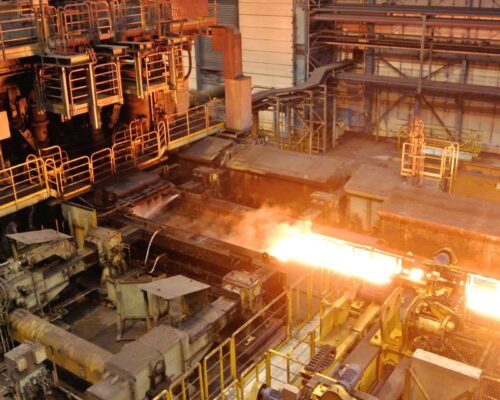
Japan’s Steel Industry: A Laggard For Decarbonisation
Japan's steel industry is one of the country's largest economic powerhouses, significantly influencing the global steel market. However, the industry's decarbonisation goals fail to align with the country's targets, which are already considered inadequate compared to its peers. A reassessment of the industry's goals and associated policies is necessary.
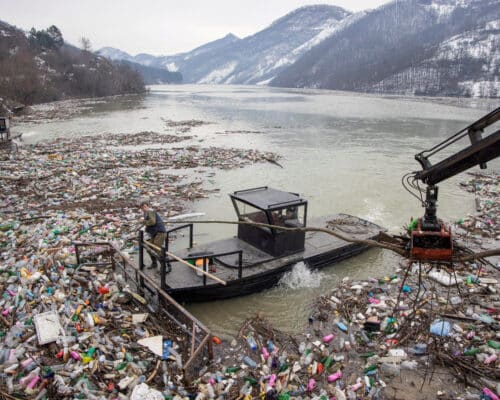
Environmental Pollution in Japan – Impacts and Future
Pollution is a global issue that all countries are working to tackle, and Japan is no different. Japan has a long history of pollution-related health impacts and subsequent regulatory reforms. However, ongoing pollution is still a significant concern that needs to be addressed.
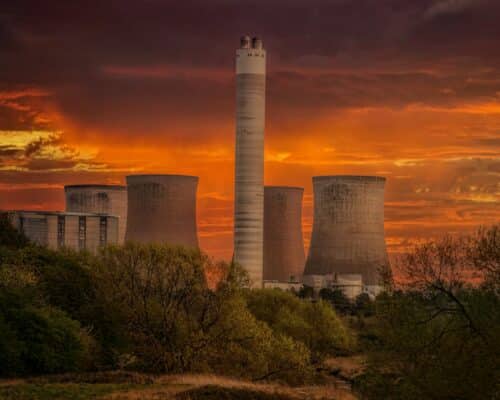
Japanese Banks Pour Billions Into Fossil Fuel Industry
Analysts warn that the continued fossil fuel support from the Japanese financial industry, showcased by the actions of various banks, insurance companies, asset owners and asset managers, is enabled by loose policies or loopholes. Fixing them is critical for addressing the climate crisis.
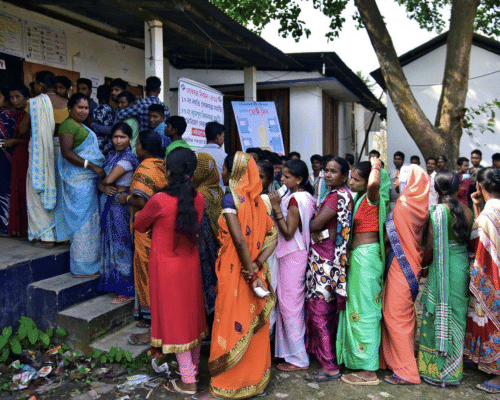
India’s 2024 Election and the Role of Renewable Energy – Podcast
We speak with Sunil Dahiya, at the Centre for Research on Energy and Clean Air (CREA) about renewable energy and the Indian election 2024.

Fossil Fuels Dominate Japan Energy Sources
Japan sources the overwhelming majority of its energy and electricity from fossil fuels. However, the country's domestic fossil fuel reserves are minimal. As a result, Japan imports most of its energy, placing its energy security in a precarious position.
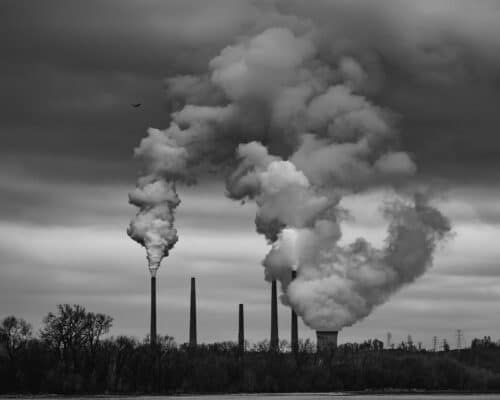
The Environmental and Climate Impacts of False Solutions on Japan
Japan is the leading proponent of the mass adoption of ammonia co-firing and CCS technologies for power generation domestically and across Asia. However, scientists warn that such steps will not only fail to reduce emissions but could also result in adverse impacts, including air pollution, water contamination and ecosystem degradation.
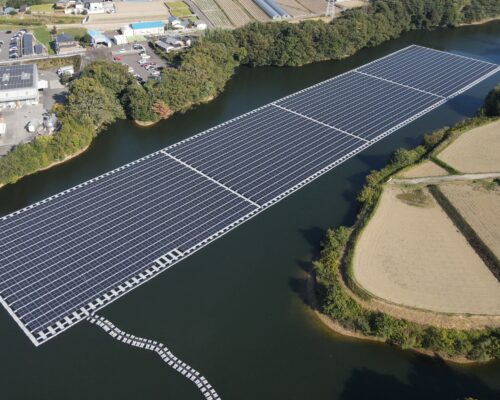
Solar Energy in Japan: Room For Growth
Solar energy is Japan's most used renewable energy source, yet it still makes up a small portion of its total energy mix. This will need to dramatically increase for Japan to stay aligned with its renewable energy and decarbonisation goals.

South Korea’s Energy Mix: Prominent Role of Fossil Fuels
The IEEFA warns that South Korea’s misplaced faith in fossil fuels could create a vicious cycle of spiralling energy costs, derailed decarbonisation progress and loss of opportunities as investors back the transition to renewable energy.
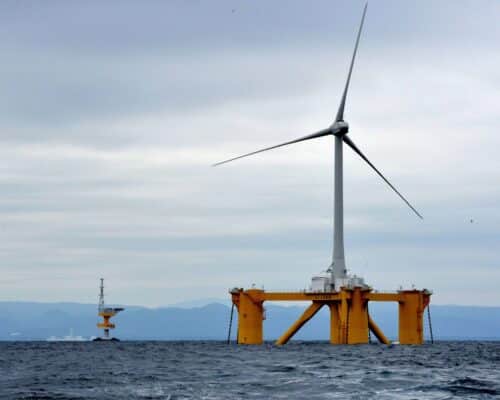
Renewable Energy Companies in Japan Are Crucial For Decarbonisation
Japan's renewable energy sector is slowly growing, with some of the country's largest energy developers beginning to invest heavily in low-carbon solutions. The government must encourage these companies to target true renewables, like offshore wind and solar rather than untested "clean" fossil fuel technologies.
Most Popular
Categories
-
9
-
33
-
126
-
4
-
17
-
43
-
52
-
11
-
15
-
10
-
24
-
6
-
6
-
250
-
196
-
14
-
23
-
1
-
1
-
23
-
38
-
42
-
84
-
18
-
82
-
41
-
17
-
10
-
40
-
43
-
86
-
284
-
21
-
40
-
35
-
10
-
41
-
36

